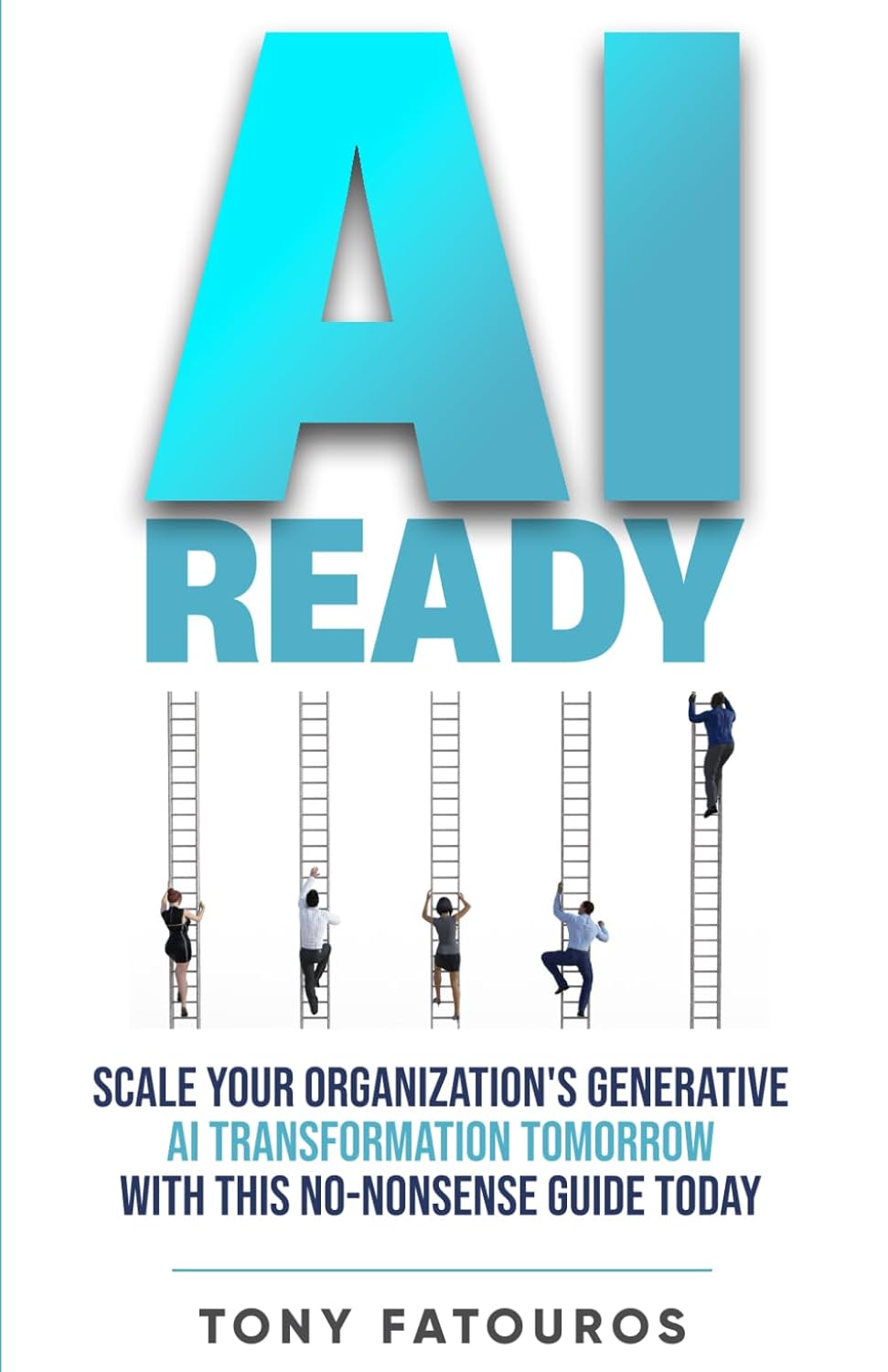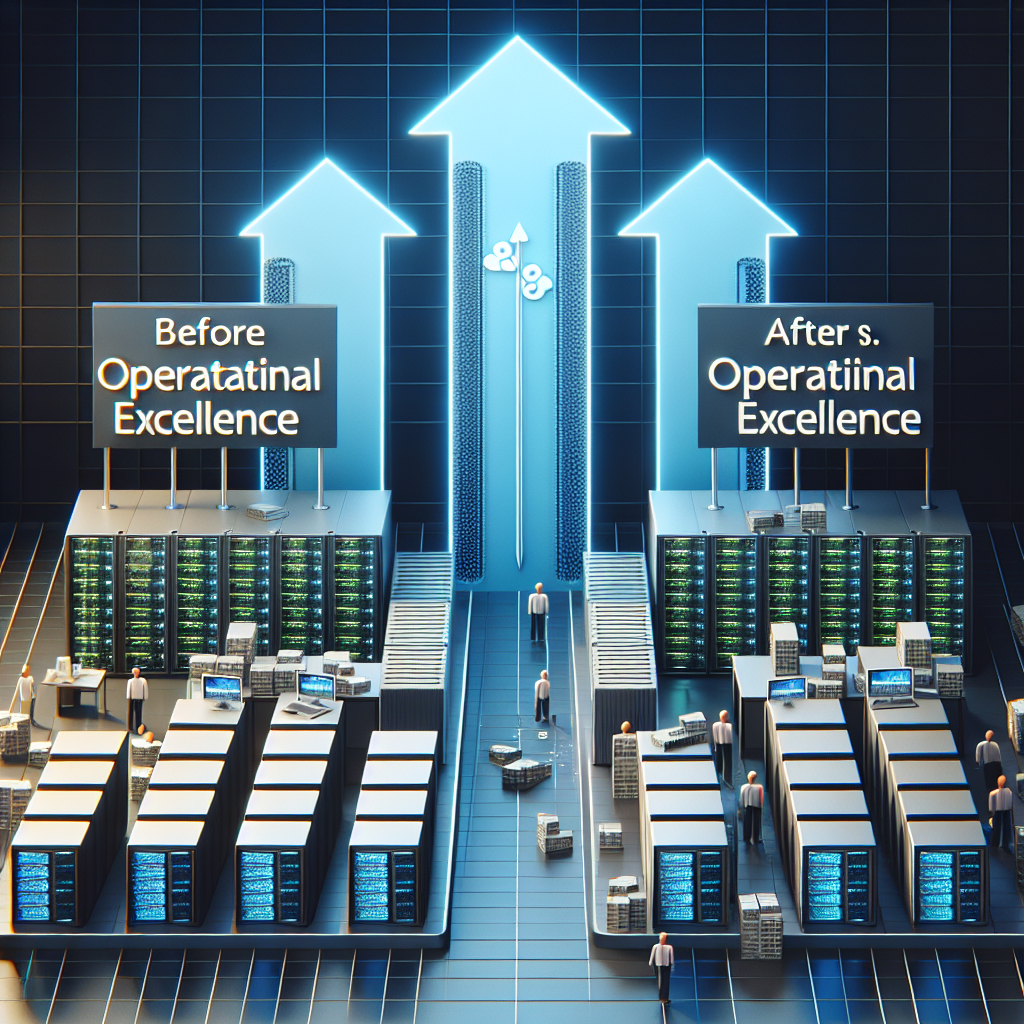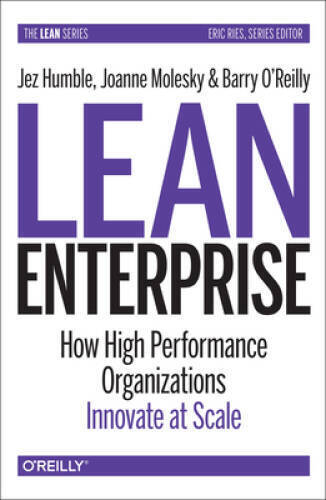Data center infrastructure management (DCIM) is revolutionizing the way organizations manage their data centers. With the increasing complexity and size of data centers, organizations are turning to DCIM solutions to streamline operations, optimize efficiency, and improve overall performance.
DCIM software provides real-time monitoring and management of data center infrastructure, including power, cooling, and space utilization. By collecting and analyzing data from various sensors and devices, DCIM solutions enable organizations to make informed decisions and take proactive measures to prevent downtime and optimize resource utilization.
One of the key benefits of DCIM is its ability to improve energy efficiency. By monitoring power consumption and cooling systems, organizations can identify inefficiencies and implement strategies to reduce energy consumption and lower operating costs. This not only helps organizations save money but also reduces their carbon footprint, making their data centers more environmentally friendly.
In addition to energy efficiency, DCIM solutions also help organizations optimize space utilization. By providing real-time visibility into data center assets and their physical location, organizations can make better use of available space and prevent overutilization of resources. This ensures that data centers are operating at maximum capacity and can accommodate future growth without the need for additional investments in infrastructure.
Furthermore, DCIM solutions offer comprehensive reporting and analytics capabilities, allowing organizations to track key performance indicators, monitor trends, and identify areas for improvement. By analyzing data center metrics and performance data, organizations can identify bottlenecks, optimize workflows, and make data-driven decisions to improve overall performance.
Overall, DCIM is transforming the way organizations manage their data centers by providing real-time visibility, optimizing resource utilization, improving energy efficiency, and enabling data-driven decision-making. As data centers continue to grow in size and complexity, DCIM solutions will become essential tools for organizations looking to streamline operations, reduce costs, and improve performance.
















